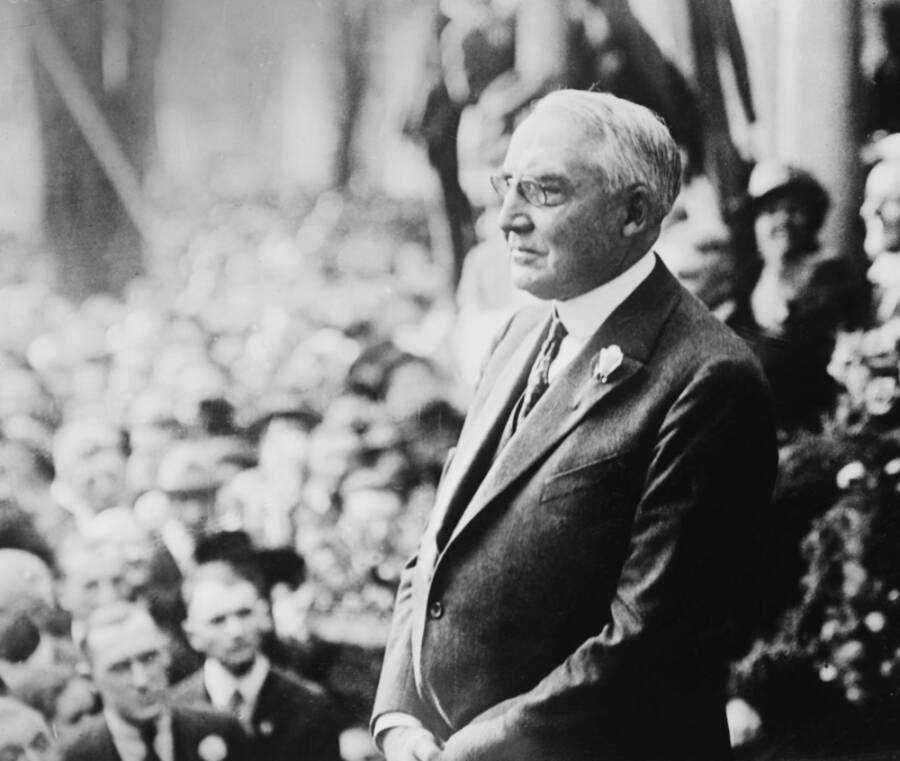
Global Impact and Long-Term Consequences
The most poignant aspect of these inventions is their “forgotten” status. Their disappearance raises a critical question: why didn’t they spark the kind of technological revolutions we see in later history? The answers are complex and reveal much about the nature of innovation itself.
In the case of the Antikythera mechanism, the knowledge seems to have simply vanished. The specific craft of creating such complex gear trains was likely held by a very small number of workshops. With the decline of the Hellenistic kingdoms and the subsequent turmoil of the Roman world, this highly specialized knowledge was lost. There was a profound technological discontinuity; nothing approaching its complexity would be seen in Europe until the 14th century.
For Al-Jazari’s automata, the issue was more about social and economic context. While his engineering principles were revolutionary, they were primarily applied to creating luxury items for royal courts, intricate clocks to aid in prayer, and demonstrations of divine-like power. There was no economic driver for mass production. The social structure did not yet exist to transform these mechanical wonders into labor-saving devices for a wider population. The spark of invention was there, but the kindling for an industrial revolution was not.
The loss of Damascus steel was a matter of broken links in a supply chain. The specific recipe depended on a unique raw material (wootz) and a secret forging process. When the sources of wootz with the correct impurities dried up and the trade routes were disrupted by conflicts like the Mongol invasions, the craft could no longer be sustained. It was a fragile technology, dependent on a specific set of global circumstances.
Yet, the legacy of these inventions endures, not always as direct lineage but as an inspiration and a corrective to our historical narratives. The rediscovery of the Antikythera mechanism has forced us to re-evaluate the capabilities of the ancient world. The study of Islamic Golden Age engineering reveals the critical role it played in transmitting and advancing knowledge that would later fuel the European Renaissance. These amazing inventions from the past prove that genius is a universal human trait, and the path of technological progress is a winding road with many forgotten side-paths and brilliant, dead ends.
Major world history resources include the British Museum and the British Library. The UNESCO World Heritage Centre documents sites of global cultural significance.
For primary sources from various countries, consult national archives such as the UK National Archives. University history departments also provide excellent online resources.
Disclaimer: This article provides a summary for informational purposes and reflects current historical scholarship. World history is vast and complex, and we encourage deeper study from academic sources.





